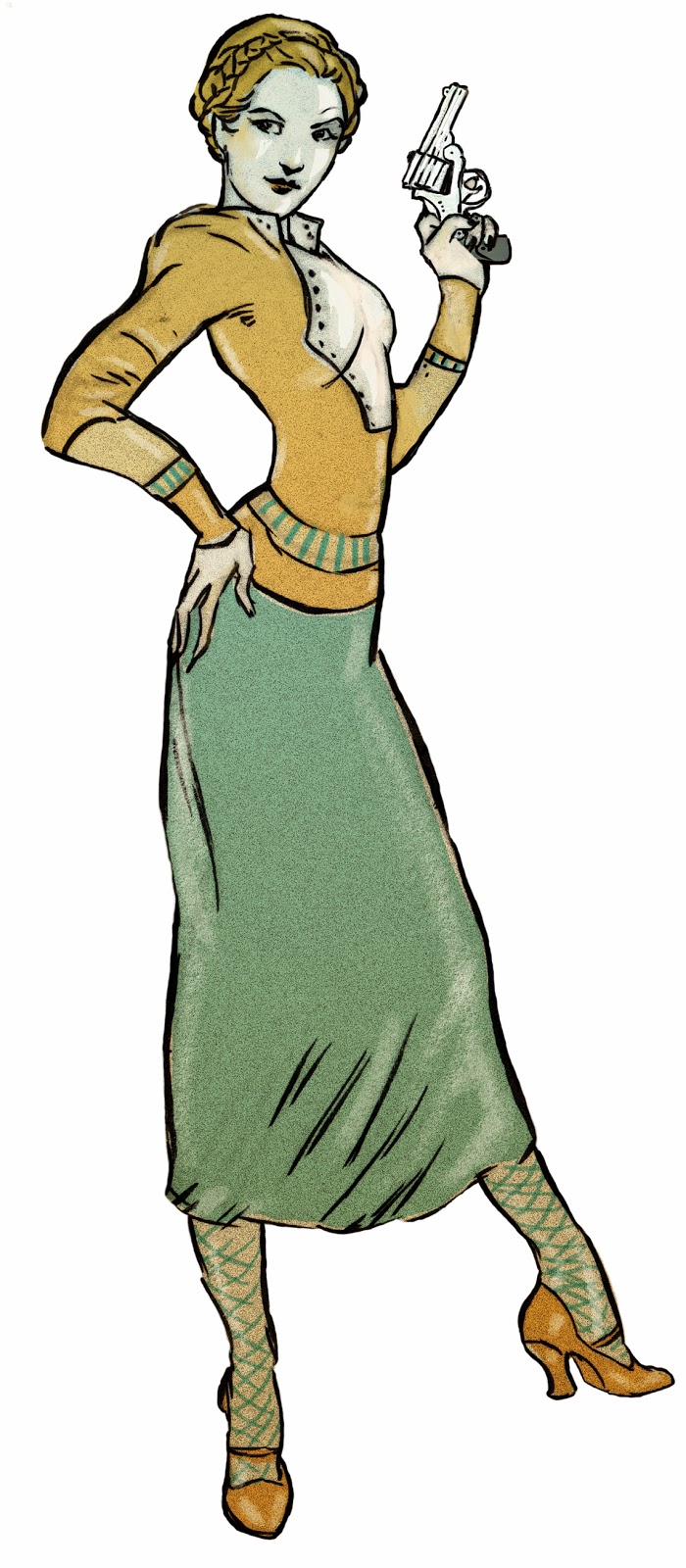 |
| Photograph by David Schlatter |
My first book, At Home in Her Tomb: Lady Dai and the Ancient Chinese Treasures of Mawangdui,
describes a woman and her elaborate tomb─the memorial created by a grieving
family. Writing this book was not only a fascinating intellectual endeavor for
me, but also a personal journey of connection to my extended family and our
ancestors.
After growing up in China, my parents immigrated to America
in 1946. My brothers and I were born in the Northeast, and then we moved to the
Midwest when I was three years old. So I grew up far from the land of my
heritage.

But every summer we drove from Kansas City to Toronto for reunions
with our extended family. (My father's
parents and siblings had also immigrated to the USA or to Canada.) There I was
aware of belonging to a large family, a long history, and a complex culture
beyond my everyday life. I was surrounded by my grandparents, uncles, and aunts
chatting in Cantonese while I played with my cousins. I was introduced to dimsum—small plates of juicy dumplings,
steamed buns, and other mouthwatering treats—plucked from carts rolling between
a restaurant's giant round tables. I remember my grandfather giving me candy
from a secret cache high on his closet shelf, but I also sensed that the entire
family treated him as the most honored member.
When I was a mother with two young children, my own mother
died. My parents always being there had been my secure foundation, but that shifted
with her death, leaving a hole of grief and vulnerability in my life.
In November 1999, I traveled with my father to Taiwan and
China. Serendipitously I stumbled upon a special exhibit of Han dynasty
artifacts at the National Palace Museum in Taipei. This was the first time I
had ever heard of the three tombs of Mawangdui, but I was immediately hooked on
learning more about them. Who were the mother, father, and son buried in the
tombs? Why would their family bury them with so many treasures, including
personal items like the mother's cosmetics case, the father's signature seals,
and the son's zither?
The next week, we journeyed to the southern Chinese village
where my father's family has lived since the late 1500's. Along with two dozen
relatives living in or near the village, we visited the cemetery where four
generations of our ancestors are buried. In front of their niches, we lit candles
and incense, offered food and drink, and burned mock money and paper clothes—modern
versions of rituals performed for thousands of years. I was struck by the
realization of being connected to these people whom I'd never met, yet were
literally part of me.
 | ||
| After lighting candles and incense, we set out food and drink in front of our ancestor's niches. |
Three years later in June 2002, my father took me, my
brothers, and our families to visit his homeland. We entered the Forbidden
City, inspected the First Emperor's terracotta troops, sailed down the Yangzi
River, and saw where my parents had lived and been schooled.
I took a side trip to Changsha to see the Mawangdui tomb site
and the many artifacts in the Hunan Provincial Museum. By then, I had studied
enough about Mawangdui to be completely agog at seeing the silk-draped body of
Lady Dai and the cavernous tomb of her son.
The following day twenty-one of us from America and ten of
us from China met at the same cemetery I had visited before. My daughters,
nieces, and nephews participated for their first time in the traditional
rituals of lighting candles and incense, offering food and drink, and burning
mock money and paper clothes. I marveled at the continuity of life that bound
us together across centuries and continents: four generations of living
descendants paying our respects to four generations of ancestors. As I watched
the smoke from the burning paper rise into the sky, I saw an image in my mind
of an endless queue of our ancestors winding across the cemetery.
 | |
| It is believed that burning mock money and other paper goods sends them to the ancestors. |
Through seeing artifacts from the Mawangdui tombs and performing rituals at my ancestors' graves, I could imagine the family of Lady Dai expressing their love and respect in creating an elaborate tomb for her. I could identify with her family through my experiences of missing my own mother and of honoring my ancestors. And through learning about Lady Dai and her world, I understand more of the history and meaning behind the rituals my family performs to commemorate our loved ones.
*****
Posted by Christine Liu-Perkins, author of At Home in Her Tomb, which releases on April 8, 2014. Find out more about her at www.christineliuperkins.com.






